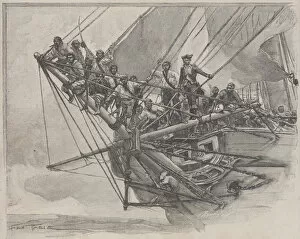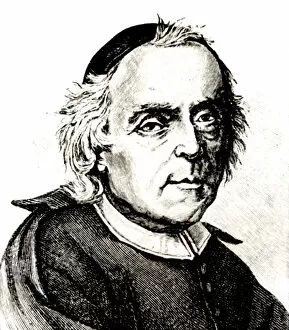17th 18th Centuries Collection
The 17th and 18th centuries were a time of great exploration, innovation, and cultural development
All Professionally Made to Order for Quick Shipping
The 17th and 18th centuries were a time of great exploration, innovation, and cultural development. From the Corsairs of the Caribbean Sea preparing for daring shipboard raids to the intellectual brilliance of German philosopher Gottfried Wilhelm Leibniz, this era was filled with remarkable individuals who left an indelible mark on history. In Spain, Felipe V reigned as King from 1683 to 1746, overseeing a period of significant political and social change. Meanwhile, Ludovico Antonio Muratori, an Italian writer and director of the Biblioteca Ambrosiana in Milan, contributed greatly to the preservation and dissemination of knowledge. Monuments dedicated to influential figures such as Johann Sebastian Bach in Leipzig showcased their enduring impact on music. Similarly, Joan Pere Barcelo i Anguera's nickname "Carrasclet" became synonymous with guerrilla warfare during his lifetime from 1682 to 1743. Fray Benito Feijoo Geronimo exemplified Spanish scholarship as a Benedictine monk whose work spanned various disciplines. Empress Anna Ivanovna ruled Russia from 1730 to 1740 following in her father's footsteps while Christina of Sweden made her mark as Queen during the mid-17th century. French philosopher Charles Louis de Secondat Montesquieu challenged conventional thinking through his writings that explored political theory and governance systems. Isaac Newton's portrait adorned editions of his groundbreaking book Mathematical Principles of Natural Philosophy which revolutionized our understanding of physics. Lastly, Marie-Anne de La Tremoille stood out among French politicians as Princess Ursins due to her astute diplomatic skills during this transformative era. The rich tapestry woven by these diverse personalities shaped not only their respective nations but also had far-reaching implications across borders. Their contributions continue to inspire generations even today - reminding us that progress is built upon the foundations laid by those who came before us.
























